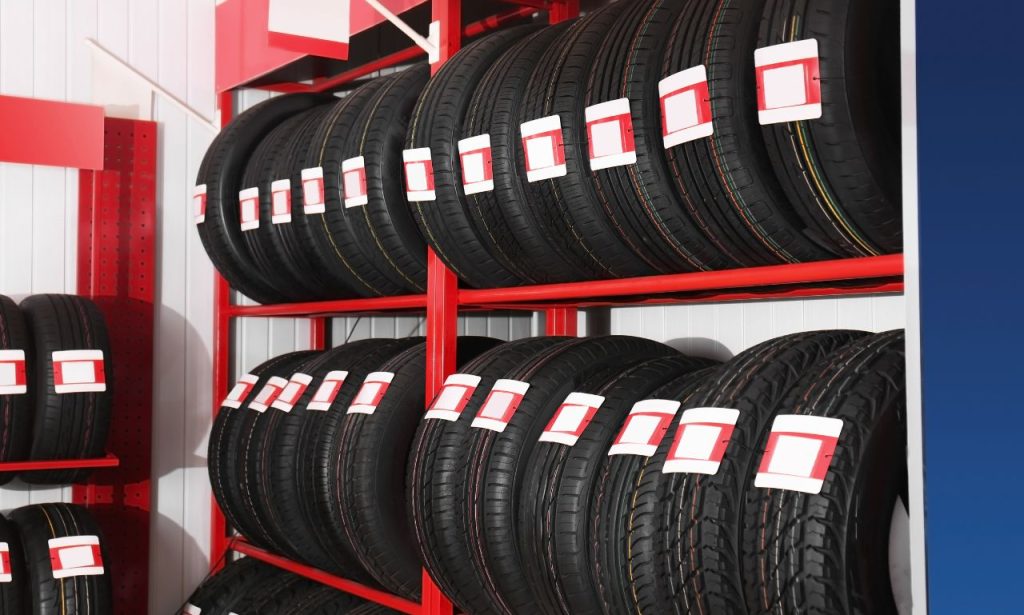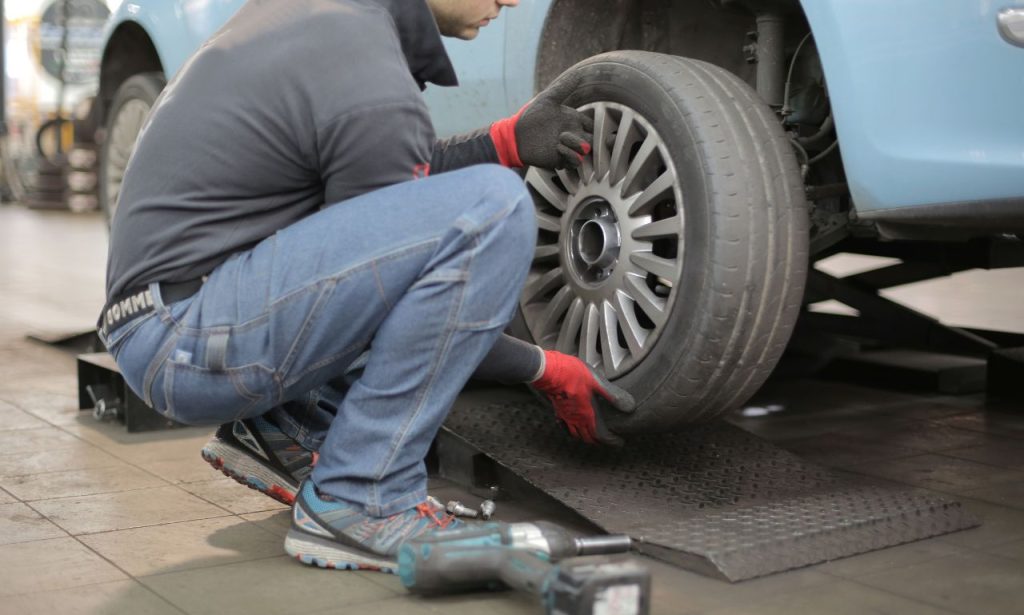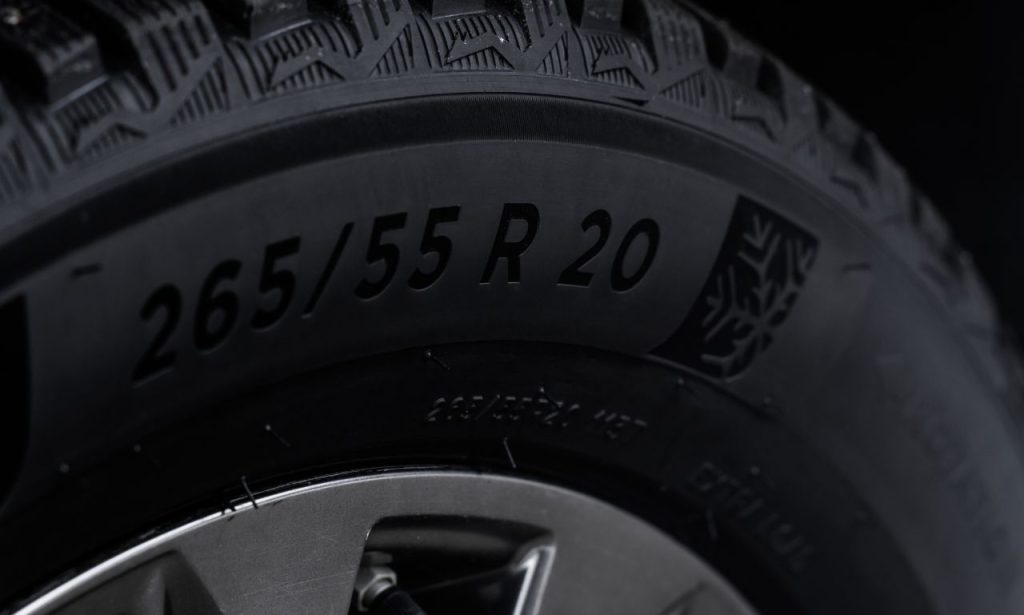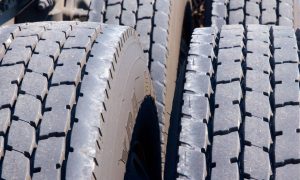As a driver, your safety on the road heavily relies on the condition of your vehicle’s tires. One question that often arises is: Are 10 year old tires still good?
The lifespan of a tire is a critical aspect of vehicle maintenance that often goes overlooked. While some may believe that tires are good as long as they have tread, the reality is that age plays a significant role in their performance and safety. Tires age even if they are not used frequently. The rubber compounds in tires deteriorate over time, leading to potential safety hazards. This article aims to equip you with the knowledge to assess the condition of your tires and make informed decisions about their usability.
How to Determine the Age of a Tire
Understanding the age of your tires is the first step in assessing their safety and usability. Tires have specific markings that provide essential information about their manufacture date and specifications.
Reading the Tire Sidewall

Every tire’s sidewall is like a passport, containing a wealth of information about the tire’s characteristics. You’ll find details such as:
- Tire Size: Indicates the dimensions of the tire.
- Load Rating: The maximum weight the tire can safely carry.
- Speed Rating: The maximum speed at which the tire can carry a load under specified conditions.
- Tire Type: Such as street tires, snow tires (winter tires), or performance tires like Z-rated tires and R-compound tires.
Among these details, one of the most crucial pieces of information for determining the tire’s age is the DOT code.
Checking the DOT Code
The Department of Transportation (DOT) code is a series of numbers and letters that reveal the tire’s manufacturer and the week and year it was produced. Here’s how to read it:
- Locate the DOT Code: It is usually found on the sidewall near the rim, starting with the letters “DOT.”
- Interpret the Last Four Digits: For tires manufactured after the year 2000, the last four digits indicate the week and year of manufacture.
- Example: If the code reads “DOT XXXXXX2314,” the tire was made in the 23rd week of 2014.
Understanding the DOT code helps you determine if you are driving on aged tires that may no longer be safe, even if they appear to be in good condition with plenty of tread left.
The Dangers of Old Tires
Using tires that are 10 years old or older poses significant safety risks. The degradation of rubber compounds over time can lead to catastrophic failures, especially at highway speeds.
Increased Risk of Blowouts
As tires age, the rubber compounds begin to harden and lose elasticity. This process, often accelerated by exposure to heat and UV radiation, can cause:
- Brittle Rubber: Less able to flex under stress.
- Cracks and Weak Spots: Leading to slow leaks or sudden air loss.
- Blowouts: A sudden rupture of the tire, which can be especially dangerous at expressway speeds or when hitting a curb at speed.
A blowout can result in loss of control of the vehicle, increasing the risk of accidents.
Reduced Traction and Increased Hydroplaning
Old tires with hardened rubber and worn tread patterns are less able to grip the road, particularly in wet conditions. This leads to:
- Reduced Traction: Affecting acceleration, braking, and cornering.
- Increased Hydroplaning Risk: Tires with shallow or uneven tire tread depth can’t effectively channel water away, causing the vehicle to ride on a film of water and lose contact with the road.
- Longer Stopping Distances: Especially dangerous for a daily driver in varying weather conditions.
Factors That Affect Tire Aging
Several factors influence how quickly tires age. Being aware of these factors can help you assess the condition of your tires and determine whether they are due for replacement.
Temperature and Weather Conditions
Environmental conditions play a significant role in tire aging:
- Heat: Accelerates the breakdown of rubber compounds. Tires in hot climates or those exposed to high temperatures (e.g., summer time, warmer months) can age faster.
- Cold: Causes rubber to become brittle. Winter tires are designed for cold but can still degrade over time.
Storage and Maintenance Practices

Proper storage and maintenance are crucial for extending tire life:
- Storage Conditions: Tires stored in cool, dry places away from direct sunlight age slower. Poor storage conditions, such as outdoors with exposure to the elements, can accelerate aging.
Unused Tires: Even spare tires or sets of tires kept in storage can age due to rubber ages naturally over time.
Exposure to Heat and Sunlight
UV rays and heat contribute to tire degradation:
- UV Radiation: Breaks down the molecular structure of rubber compounds, leading to cracks and a loss of elasticity.
- Heat Exposure: Prolonged exposure to high temperatures can cause internal damage not visible from the outside.
Driving Conditions and Habits
How and where you drive affects tire aging:
- High-Speed Driving: Generates more heat, especially with performance tires like Z-rated tires or max performance tires.
- Harsh Conditions: Rough roads, potholes, and debris can physically damage tires.
- Long Road Trips: Extended periods of driving increase wear and heat buildup.
Tire Construction and Type
Different tires age differently:
- Performance Tires: Such as dry performance street tires or R-compound tires, may have softer rubber compounds for better grip but can wear out faster.
- All-Season Tires: Designed for a balance of characteristics, but still subject to aging.
- Off-Road Tires: Like knobby tires, intended for rough terrain but may not perform well on regular roads over time.
Signs of Tire Aging
Regular inspections can help identify signs that your tires are aging and may need replacement.
Cracks are a clear indication of rubber degradation:
- Sidewall Cracks: Can lead to weak spots prone to leaks or blowouts.
- Tread Cracks: Affect the tire’s ability to grip the road and channel water.
Bulges or Bubbles on the Tire
Bulges indicate internal damage:
- Structural Integrity Compromised: Air has penetrated the inner layers, causing a bubble.
- Immediate Replacement Needed: Bulges can lead to sudden tire failure.
Uneven or Excessive Tread Wear
Abnormal wear patterns can signal issues:
- Uneven Wear: May result from misalignment, improper inflation, or suspension problems.
- Excessive Wear: Even with plenty of tread initially, tires can wear out due to driving habits or mechanical issues.
Loss of Grip or Traction
Feeling a reduction in handling performance:
- Longer Braking Distances: Particularly noticeable in wet or slippery conditions.
- Difficulty Cornering: Less responsive steering or a feeling of sliding.
Regular Tire Inspections and Maintenance

Regular inspections and maintenance are crucial for ensuring your tires remain in good condition. Here are some best practices to follow.
Checking Tire Pressure Regularly
Proper inflation is critical:
- Improves Fuel Efficiency: Correct pressure reduces rolling resistance.
- Ensures Even Wear: Prevents the center or edges from wearing prematurely.
- Monthly Checks Recommended: Use a reliable gauge to check at least once a month and before long trips.
Rotating Tires Regularly
Rotating tires promotes even wear:
- Rotation Patterns: Front to rear, side to side, depending on the vehicle and tires.
- Every 6,000 to 8,000 Miles: Or as recommended by your vehicle manufacturer.
- Benefits:
- Extends tire life.
- Maintains balanced handling.
Balancing Tires and Aligning Wheels
Balance and alignment affect tire performance:
- Balancing: Ensures weight is evenly distributed around the tire.
- Alignment: Adjusts the angles of the wheels to manufacturer specifications.
- Signs You Need Service:
- Vibration at certain speeds.
- Vehicle pulls to one side.
Regularly Inspecting for Signs of Wear and Aging
Visual inspections can catch problems early:
- Look for Cracks and Bulges: As previously mentioned.
- Check Tread Depth: Use a tread depth gauge; replace tires that reach the minimum legal limit.
- Monitor for Slow Leaks: Consistent loss of pressure may indicate damage.
Adapting to Seasonal Changes
Different seasons affect tires differently:
- Switching Tires: Use winter tires during colder months if necessary.
Storage: Properly store off-season tires in tire totes to protect them.
The Role of Tire Manufacturers and Industry Standards
Understanding industry recommendations helps in making informed decisions.
Maximum Service Life Recommendations
Many tire manufacturers and safety organizations offer guidelines:
- Six-Year Rule: Some recommend replacing tires every six years, regardless of tread.
- Ten-Year Absolute Maximum: Most agree that no tire should be used beyond ten years.
- Factors Considered:
- Rubber Degradation: Due to aging, not just mileage.
- Safety Margins: Ensuring tire integrity under various conditions.
The Tire Industry’s Perspective
The tire industry emphasizes:
- Regular Inspections: Encourages annual inspections after five years.
- Professional Assessment: Recommends assessments by qualified technicians at a tire shop.
- Awareness of Tire Lifespan: Educates consumers on the importance of tire age.
Real-Life Scenarios and Considerations
Applying this knowledge to practical situations:
Buying Used Vehicles
- Original Tires: A used car may come with its original tires; check their age.
- Low Mileage Doesn’t Equal Safe Tires: A car that hasn’t been driven much may still have aged tires.
Using Spare Tires
- Spare Tire Age: Even if unused, a spare tire can be past its service life.
- Regular Checks: Include the spare in your maintenance routine.
Performance and Specialty Tires
- Performance Tires: Such as Nitto NT-01, Nitto nt05, or Nitto INVO’s, may require more frequent replacement due to softer compounds.
- Cold Traction Tires: Designed for better grip in cold conditions but can wear differently.
Tire Sizes and Setups

- Non-Standard Setups: Using wide tires, offset wheels, or changing from stock setup can affect tire wear and vehicle handling.
- Professional Advice: Consult with experts when altering tire sizes, like switching to 275/40 GS-D3 tires or using C6Z wheels.
Conclusion
So, are 10 year old tires still good? The answer largely depends on various factors, including how they have been used, stored, and maintained. However, it’s generally advisable to replace tires that are 10 years old or older, regardless of their appearance. The risks associated with old tires, such as blowouts and reduced traction, far outweigh the benefits of prolonging their use. Regular inspections and maintenance can help you get the most out of your tires and ensure your safety on the road.
ALSO READ: 9 Best Places to Sell Your Used Tires for Cash
FAQs
While the tread may still look good, the rubber compounds in the tire degrade over time, making it unsafe. It’s best to replace tires that are over 10 years old.
Tires should generally be replaced every 6 to 10 years, depending on usage and storage conditions. Always follow the manufacturer’s recommendations.
Cracks in the tire sidewall or tread indicate that the rubber is deteriorating. It’s important to replace the tire as soon as possible.
Buying used tires can be risky as you may not know their history or how they were stored. Always check the DOT code to determine the tire’s age and inspect for any signs of wear or damage.
To extend the life of your tires, regularly check tire pressure, rotate and balance your tires, align your wheels, and store your vehicle in a cool, dry place away from direct sunlight.




